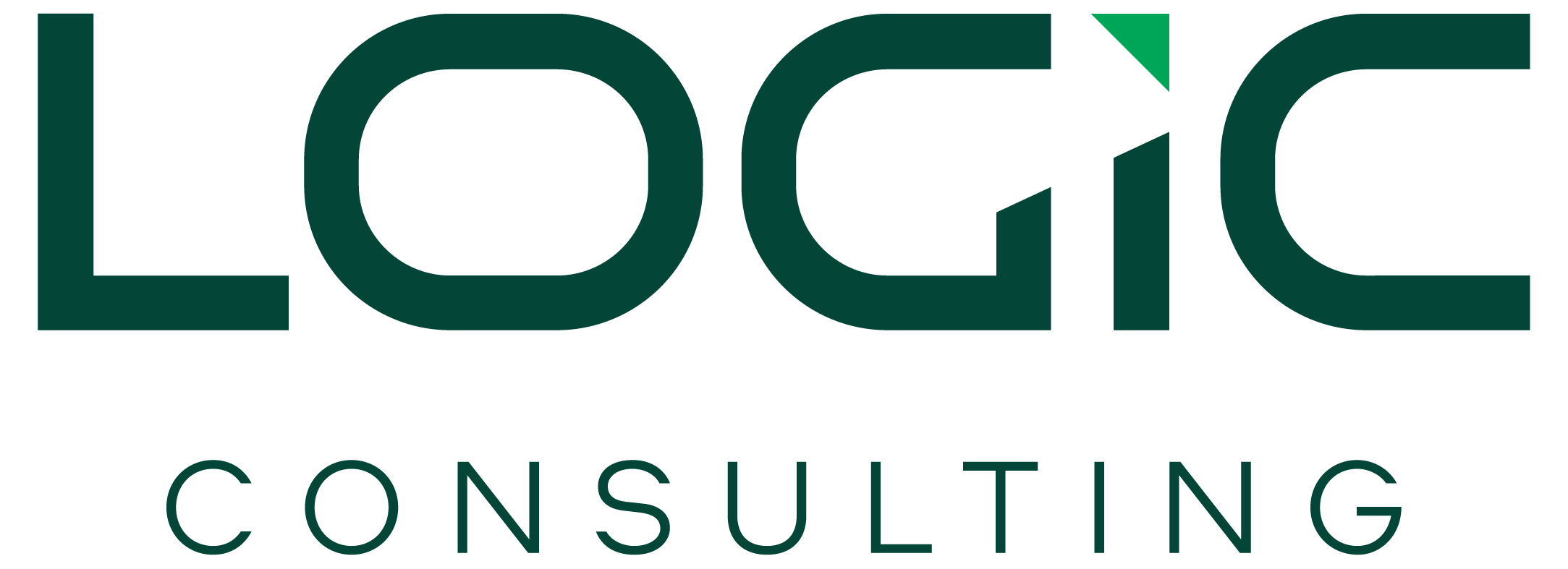
The banking sector is confronting fundamental structural changes and challenges that are going to shape its future and ability to serve financial needs of individuals & businesses.
Many banks are now reassessing their value given the constant technological advancements, new financial service providers and high customer expectations. Also, agile new entrants with differentiated value propositions and business models focused on the monetization of customer insights are posing a huge threat on traditional banks.
Digital disruption, however challenging, can open the door to new opportunities, but still banks must move towards developing digitally advanced products and customer engagement practices that seamlessly integrate with people's connected lives.
